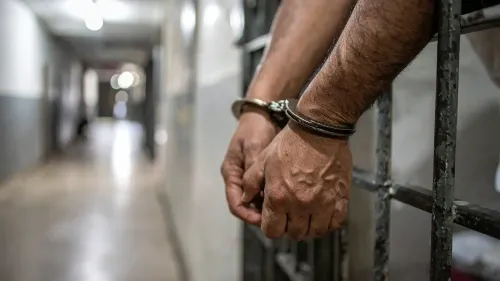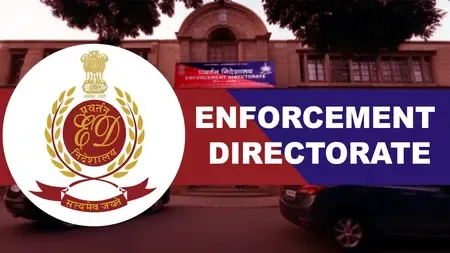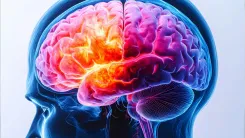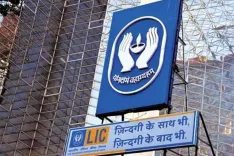What Ancient Chola-era Sculptures Were Uncovered Near Villupuram Village in TN?
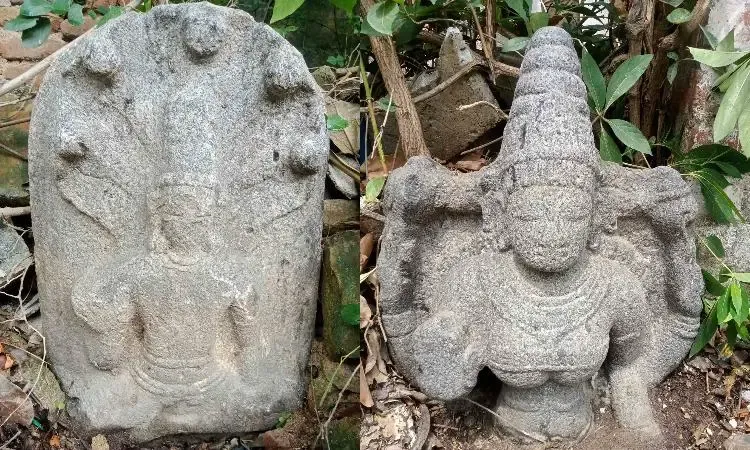
Synopsis
Key Takeaways
- The sculptures date back to the Chola period, approximately 1,000 years ago.
- Key figures include Vaishnavi Devi and Kaumari, showcasing intricate artistry.
- The discovery highlights the coexistence of Buddhist and Jain traditions in the region.
- Preservation efforts are essential for future research and conservation.
- Historical significance of the site is recognized by experts and historians.
Chennai, Oct 28(NationPress) In an extraordinary archaeological find, a collection of stone sculptures that date back almost 1,000 years to the Chola period has been discovered close to Kooteripattu in the Villupuram district.
The ancient artefacts, uncovered during a recent field survey conducted by historian Senguttuvan from Villupuram, were found in and around Alagramam village, a location already recognized for its historical importance.
The discoveries comprise finely crafted representations of Vaishnavi Devi, Kaumari, and a Buddhist figure, each believed to originate around the 10th century CE. Specialists assert that these findings illuminate the region's religious diversity and the artistic mastery that thrived under the Chola dynasty.
The sculpture of Vaishnavi Devi, partially buried, was found at the Chekkadi Street Junction. The goddess is portrayed seated gracefully, with her four arms displaying distinct characteristics. The front hands are in the abhaya mudra and resting on her thigh, while the rear hands grasp a conch and discus, symbols tied to Lord Vishnu's divine authority.
The intricately detailed carving and tranquil expression exemplify the stylistic finesse of early medieval Tamil art. Close by, on the grounds of the Chelliamman temple, another exceptional sculpture of Kaumari was excavated.
She is depicted sitting with one leg bent and the other dangling down, embellished with a warrior's chain and exquisite jewellery.
The figure's stance and detailing underscore the impact of Chola craftsmanship and the iconographic conventions of the Sapta Matrikas (Seven Mother Goddesses).
Enhancing the significance of the find, a Buddhist sculpture portraying Avalokiteshvara -- the Bodhisattva of compassion -- was located along Jain temple street.
The figure, seated beneath a five-headed serpent, indicates the historical coexistence of Buddhist and Jain practices in Villupuram. Senior epigraphist Vijay Venugopal remarked that the discovery "validates the once-thriving spread of Buddhism in the area."
Archaeologist Sreedharan has confirmed that all the sculptures are from the Chola period and were likely part of a now-lost Shiva temple complex.
Historian Senguttuvan called for immediate actions for suitable preservation and documentation, revealing that a half-buried inscribed stone slab was also uncovered nearby.
He urged the Archaeological Department and local authorities to protect the site for future research and conservation.


